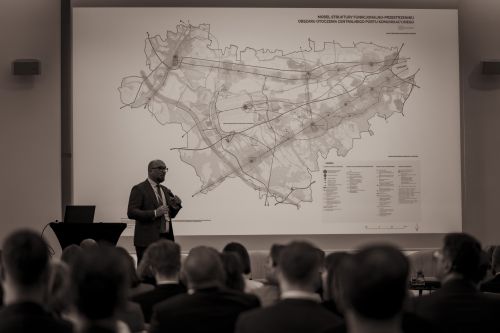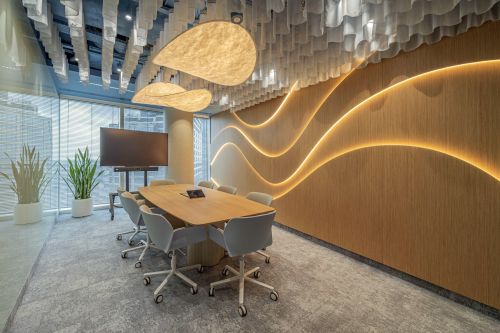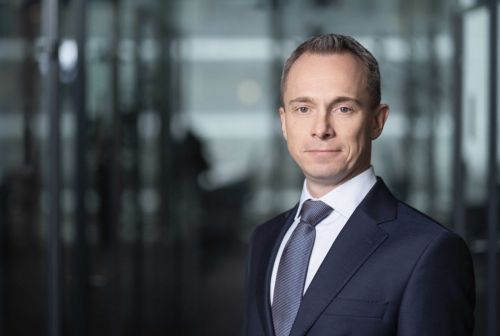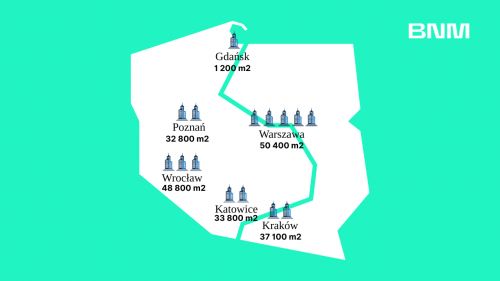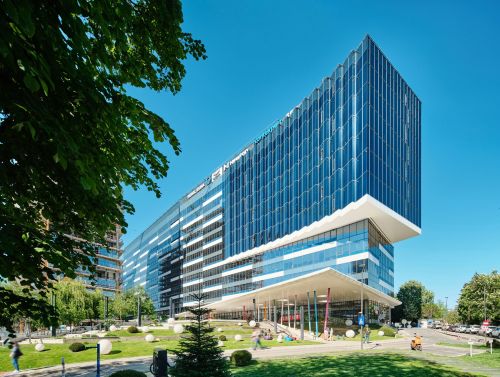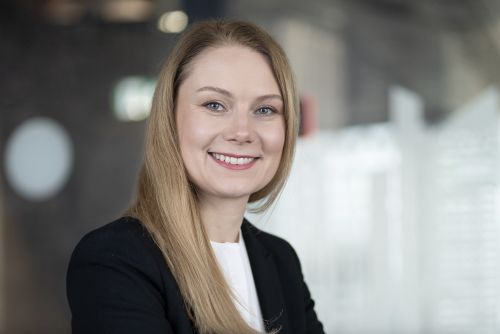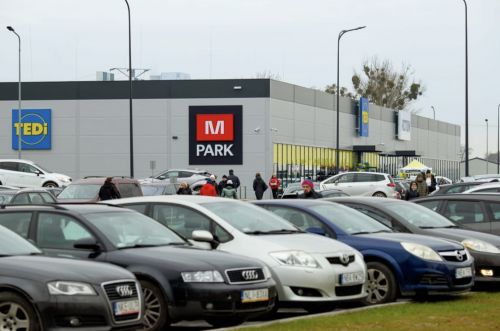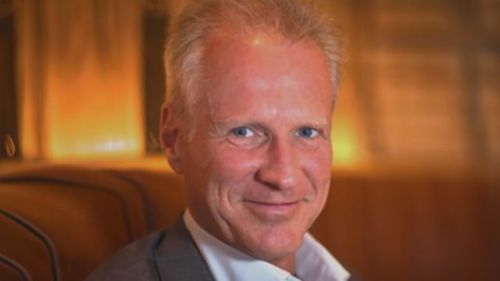Architects are the closest to the market. They are amongst the first to suffer in a downturn and also amongst the first to see the light at the end of the tunnel. But what do the recent company acquisitions in the industry signify?
An 80-person northern Californian architectural firm with a strong education, civic and healthcare portfolio and established management and marketing systems wants to acquire architectural firms in the Bay Area and Los Angeles with strong healthcare, education and/or sustainability portfolios. Long term ownership potential or outright acquisition. Preferably the firm would have leaders with at least 10-year horizons."Announcements like this are currently not hard to find in the US. According to the 2011 Merger & Acquisition Survey by ZweigWhite, a US-based firm providing business management services for architecture, engineering and environmental consulting firms, the percentage of companies considering acquisitions or selling out has increased dramati




















